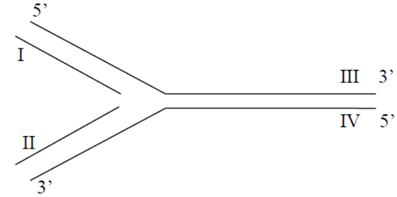#Question id: 1997
#Unit 4. Cell Communication and Cell Signaling
Which of the following is true of active but not passive immunity?
#Question id: 1998
#Unit 4. Cell Communication and Cell Signaling
Jenner successfully used cowpox virus as a vaccine against the virus that causes smallpox. Why was he successful even though he used viruses of different kinds?
#Question id: 1999
#Unit 4. Cell Communication and Cell Signaling
Which of the following would be most beneficial in treating an individual who has been bitten by a poisonous snake that has a fast-acting toxin?
#Question id: 2000
#Unit 4. Cell Communication and Cell Signaling
Which of the following is true of the successful development of a vaccine to be used against a pathogen?
#Question id: 2001
#Unit 4. Cell Communication and Cell Signaling
A researcher is analyzing the immune response of a patient following the patientʹs exposure to an unknown agent while out of the country. The patientʹs blood is found to have a high proportion of lymphocytes with CD8 surface proteins. What is the likely cause?
#Question id: 2002
#Unit 4. Cell Communication and Cell Signaling
What accounts for antibody switching (i.e., the switch of one B cell from producing one class of antibody to another antibody class that is responsive to the same antigen)?

